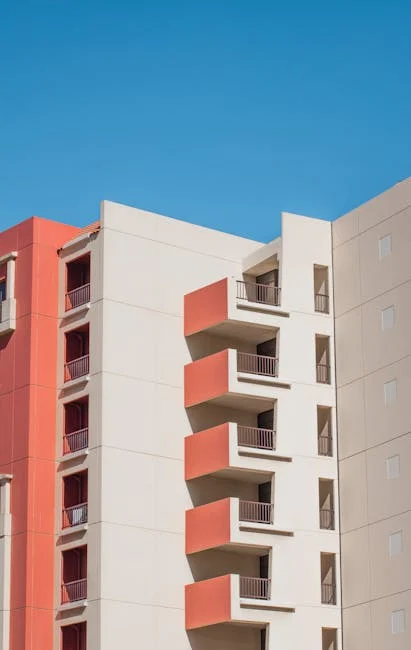Designing with Purpose: Why Modern Minimalism is the Future of Residential Living
Introduction
In an increasingly complex world, the allure of simplicity is stronger than ever. Modern minimalism, a design philosophy centered around functionality, clean lines, and intentionality, is rapidly becoming the future of residential living. It’s more than just an aesthetic; it’s a conscious decision to curate a space that promotes well-being, reduces stress, and enhances the overall quality of life. This article delves into the core principles of designing with purpose and explores why minimalist design is poised to revolutionize the way we experience our homes.
The Core Principles of Modern Minimalism
Less is More: Embracing Essentialism
At the heart of minimalism lies the concept of essentialism. This means intentionally surrounding yourself with only the items that serve a purpose, bring joy, or enhance your daily life. Decluttering goes beyond mere tidiness; it’s about removing distractions and creating a calming environment. Consider these steps:
- Evaluate each item: Does it serve a purpose? Does it bring you joy?
- Be honest: Let go of items you’re holding onto out of obligation or sentimentality.
- Donate or sell: Give your unwanted items a new life.
Functionality Over Decoration: Prioritizing Practicality
Minimalist design prioritizes function over purely decorative elements. Every piece in a minimalist home should serve a purpose and contribute to the overall usability of the space. This doesn’t mean sacrificing aesthetics, but rather finding beauty in simplicity and functionality. Key considerations include:
- Choose furniture with built-in storage.
- Opt for multi-functional pieces that can adapt to different needs.
- Avoid unnecessary ornamentation and clutter.
Clean Lines and Neutral Palettes: Creating a Sense of Calm
The visual language of minimalism is characterized by clean lines, simple shapes, and neutral color palettes. These elements contribute to a sense of calm and spaciousness. Think of colors like white, gray, beige, and soft pastels, accented by natural materials like wood and stone.
- Use a limited color palette to create a cohesive look.
- Incorporate natural light to enhance the sense of openness.
- Avoid busy patterns and overwhelming textures.
Sustainable and Ethical Choices: Designing for the Future
Modern minimalism often goes hand in hand with a commitment to sustainability and ethical consumption. Choosing durable, high-quality materials, repurposing existing items, and supporting local artisans are all ways to create a more environmentally conscious and socially responsible minimalist home. Consider these actions:
- Invest in durable, long-lasting furniture.
- Choose eco-friendly materials and finishes.
- Support brands that prioritize ethical production practices.
Benefits of Minimalist Living
Reduced Stress and Increased Well-being
A decluttered and organized home can significantly reduce stress levels and improve overall well-being. By minimizing visual clutter, you create a more calming and peaceful environment, allowing you to focus on what truly matters.
Enhanced Focus and Productivity
A minimalist workspace can improve focus and productivity by minimizing distractions. A clean and organized environment allows for better concentration and creativity.
Greater Financial Freedom
By intentionally consuming less, you can save money and reduce your environmental impact. Minimalism encourages mindful spending and a focus on experiences rather than material possessions.
Environmental Responsibility
Minimalism promotes sustainable living by encouraging the reduction of consumption and waste. By choosing quality over quantity and opting for eco-friendly products, you can minimize your environmental footprint.
Conclusion
Modern minimalism is more than just a trend; it’s a thoughtful and purposeful approach to residential living that promotes well-being, reduces stress, and enhances the overall quality of life. By embracing essentialism, prioritizing functionality, and making sustainable choices, you can create a home that is both beautiful and meaningful. As we move towards a more conscious and intentional way of living, minimalist design is poised to become the future of residential architecture and interior design.




Post Comment